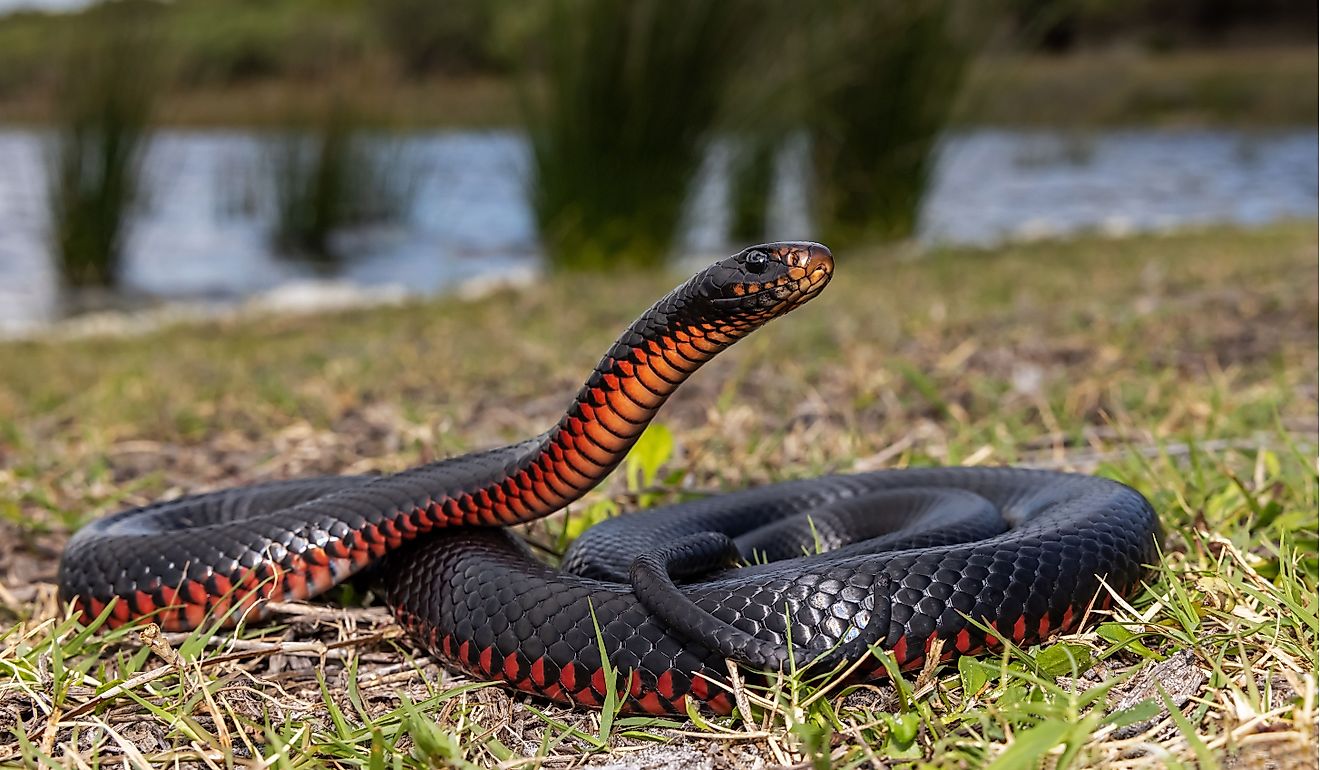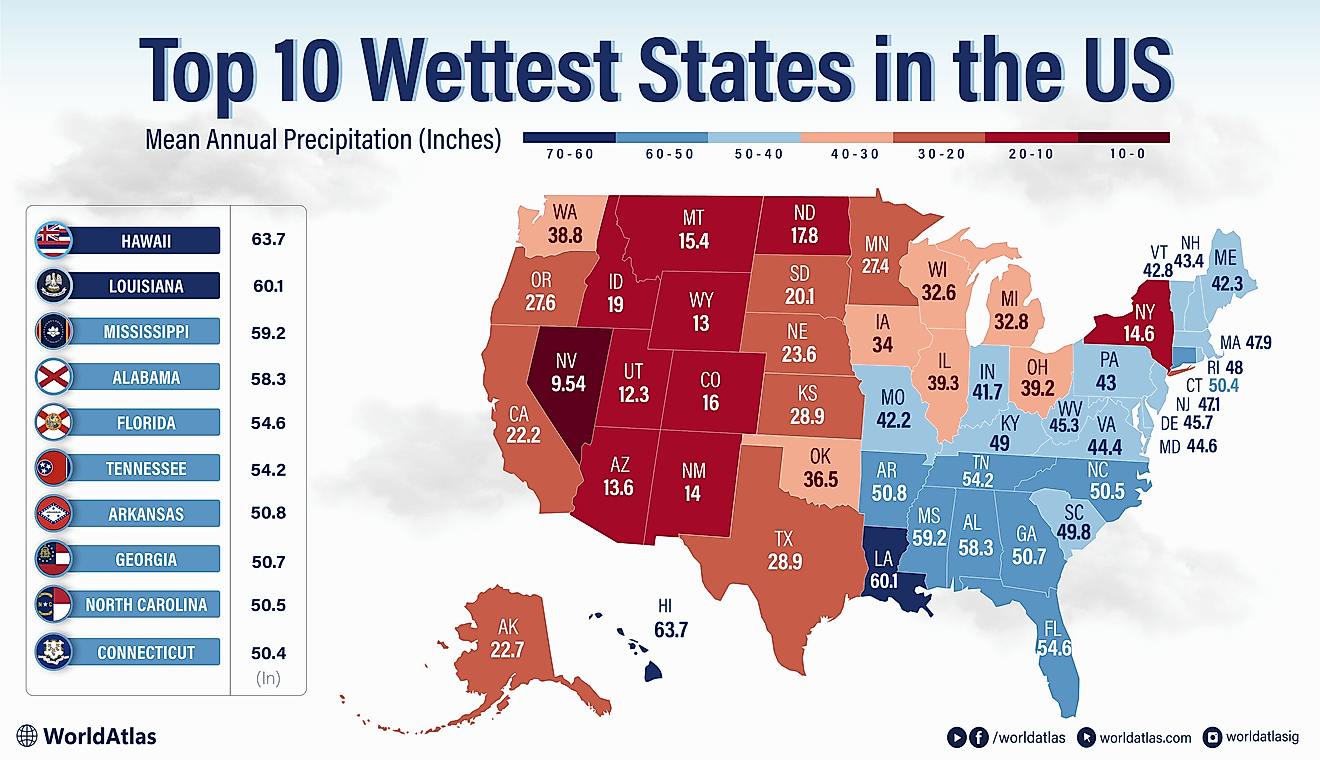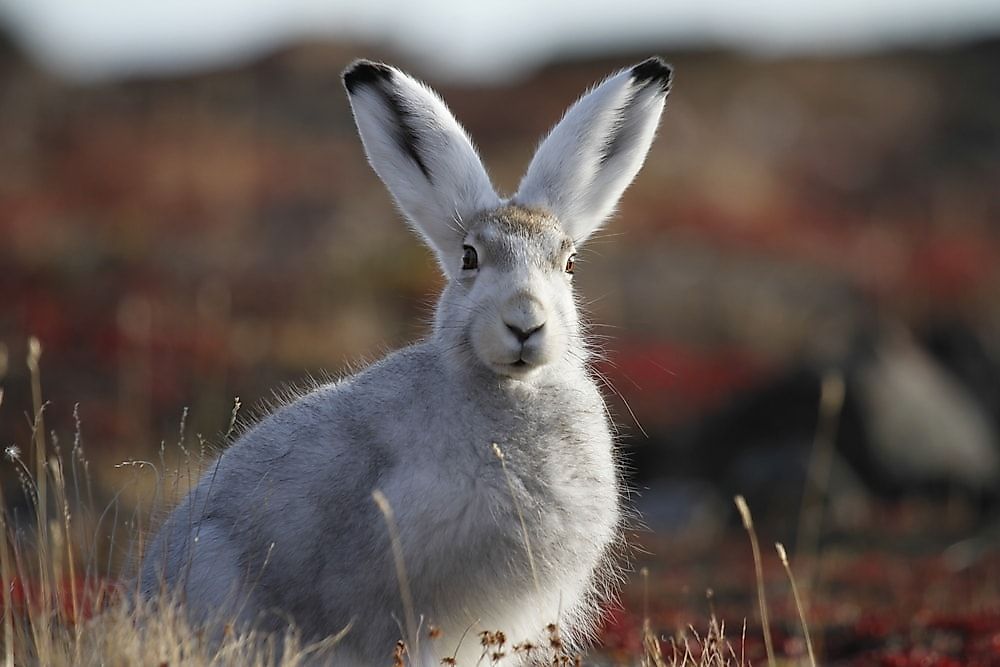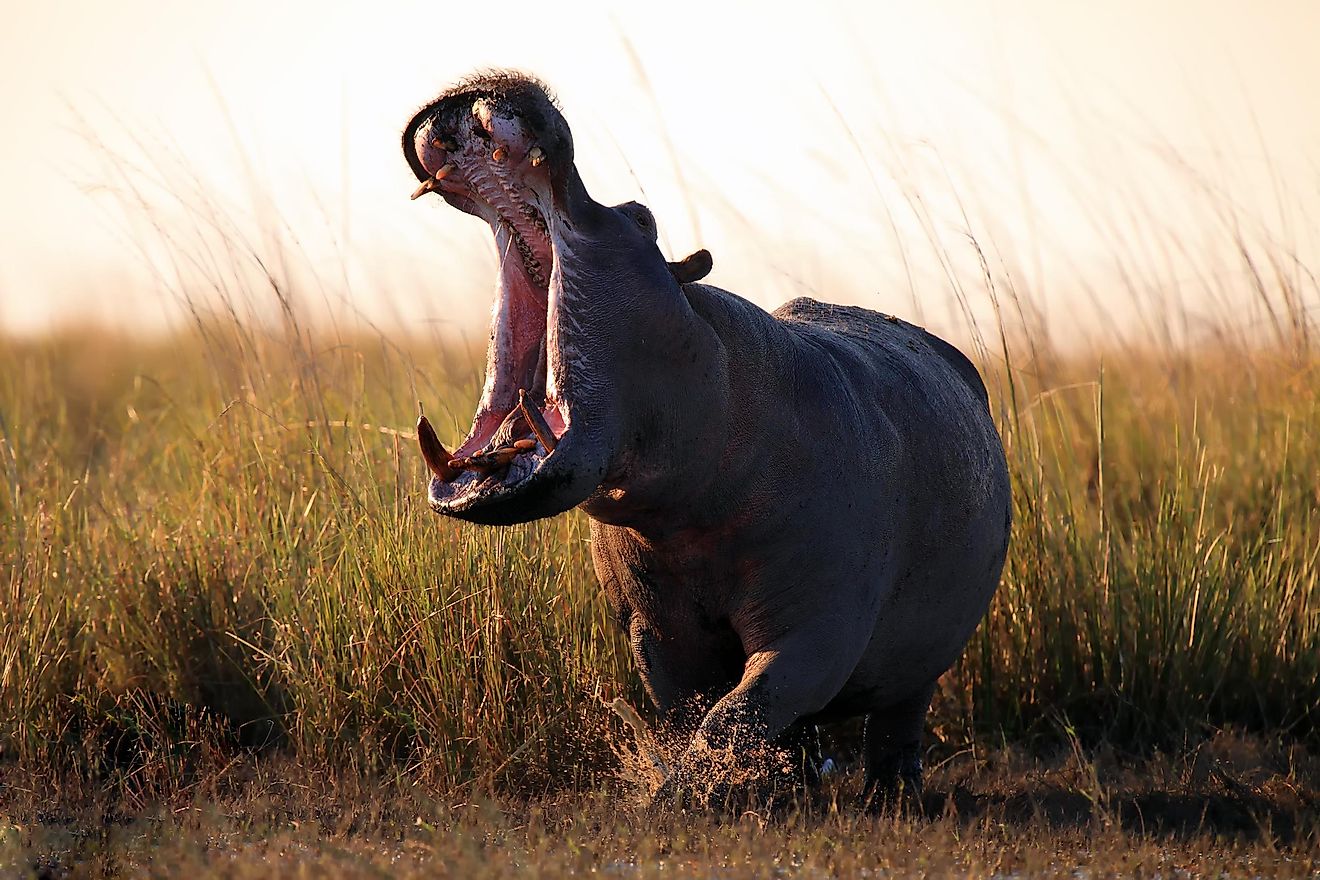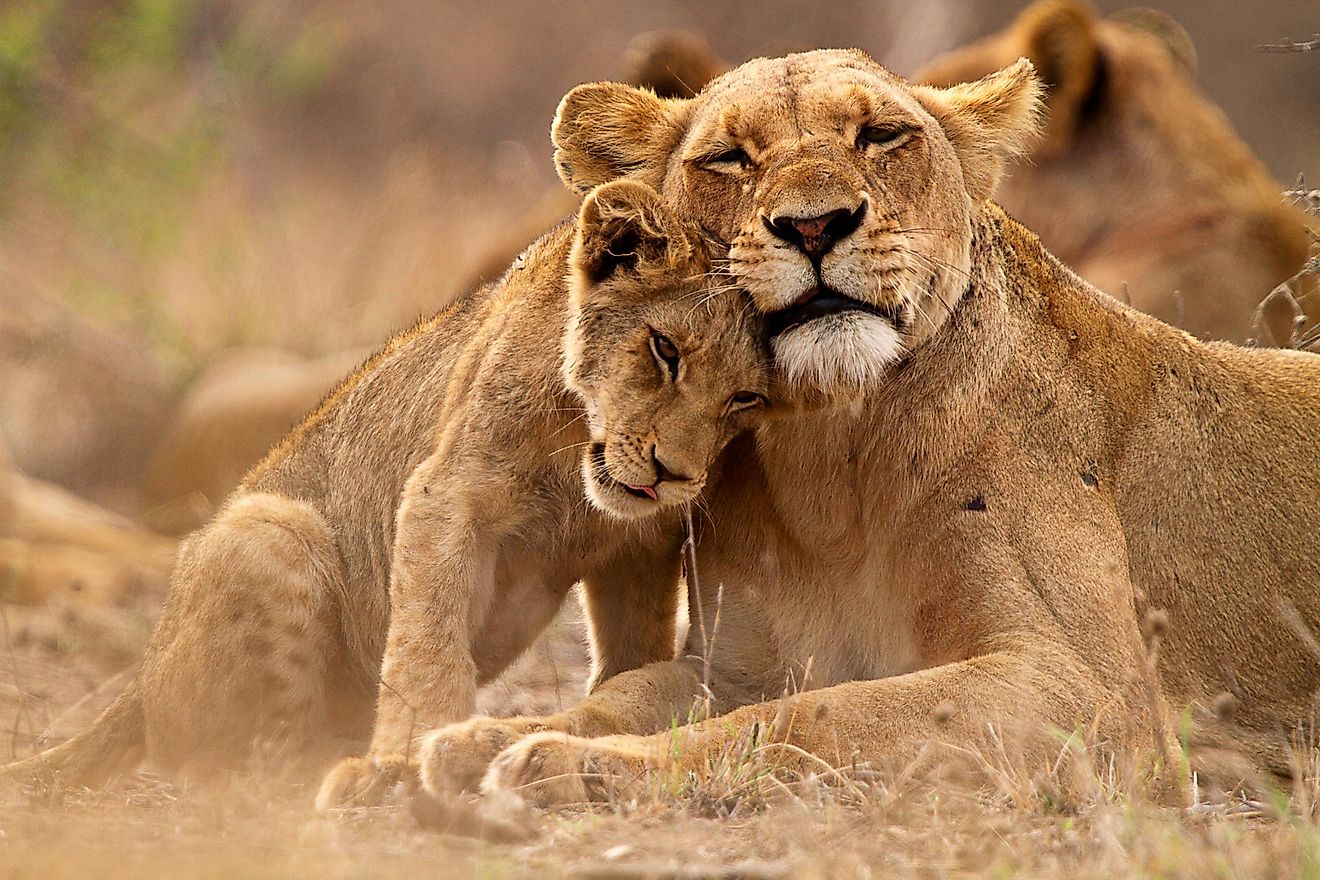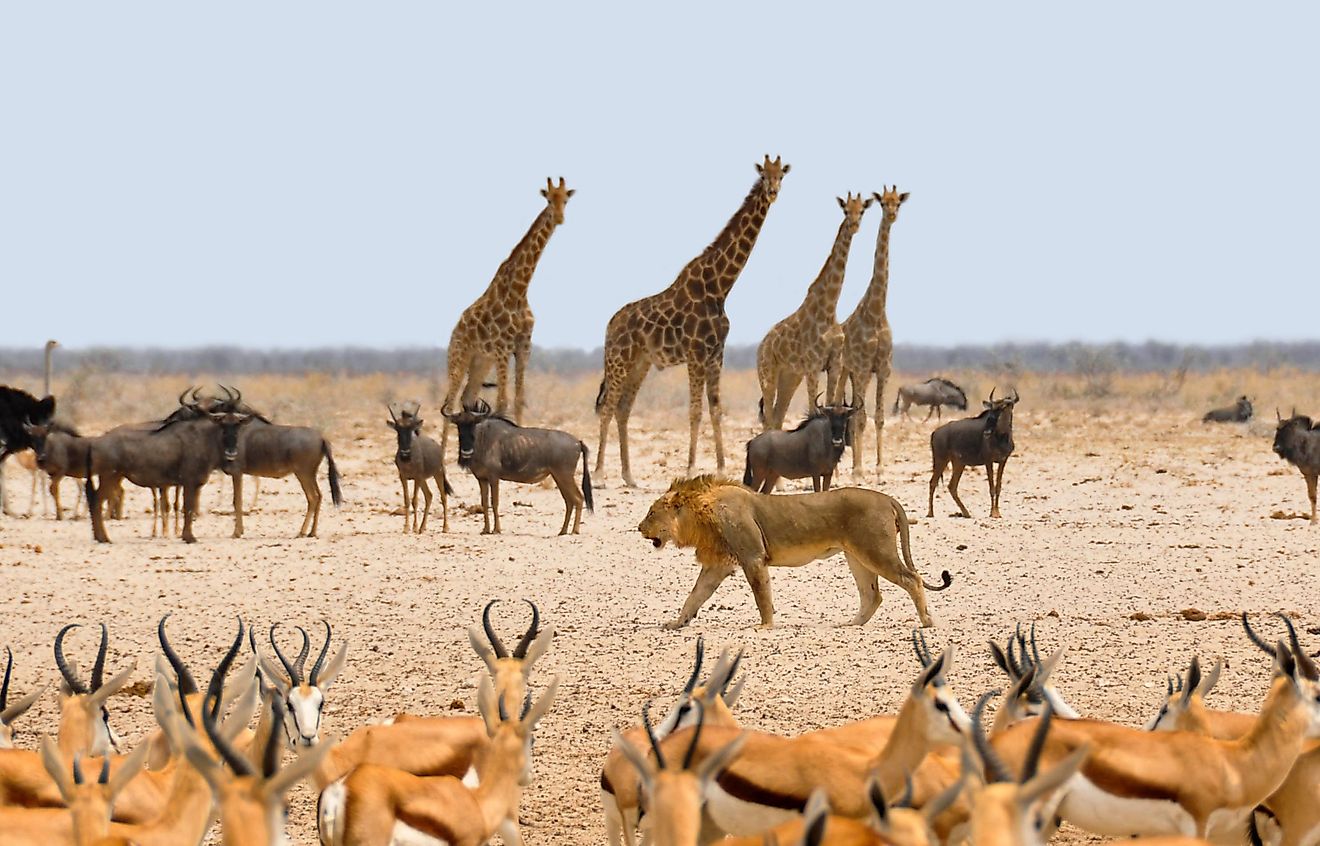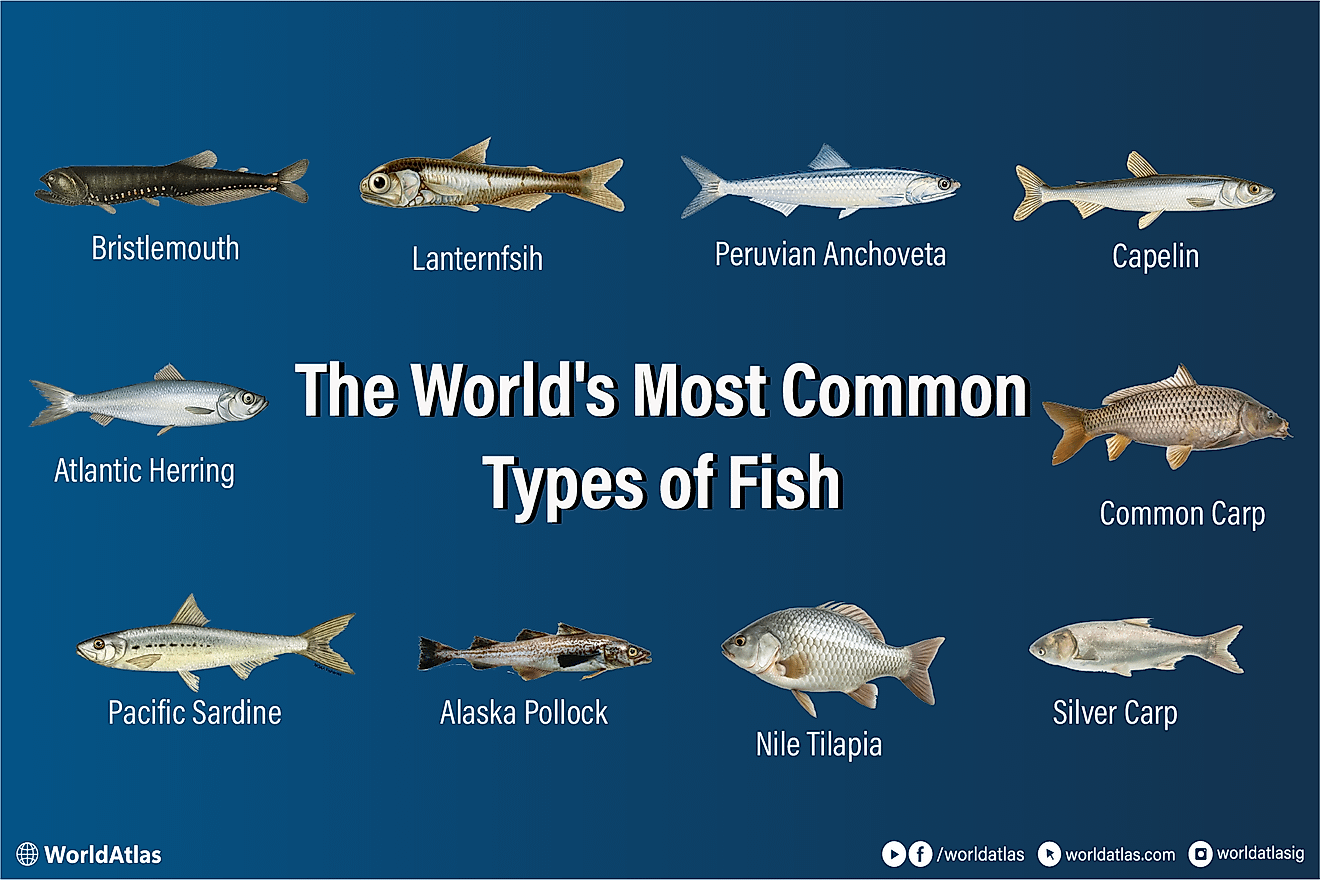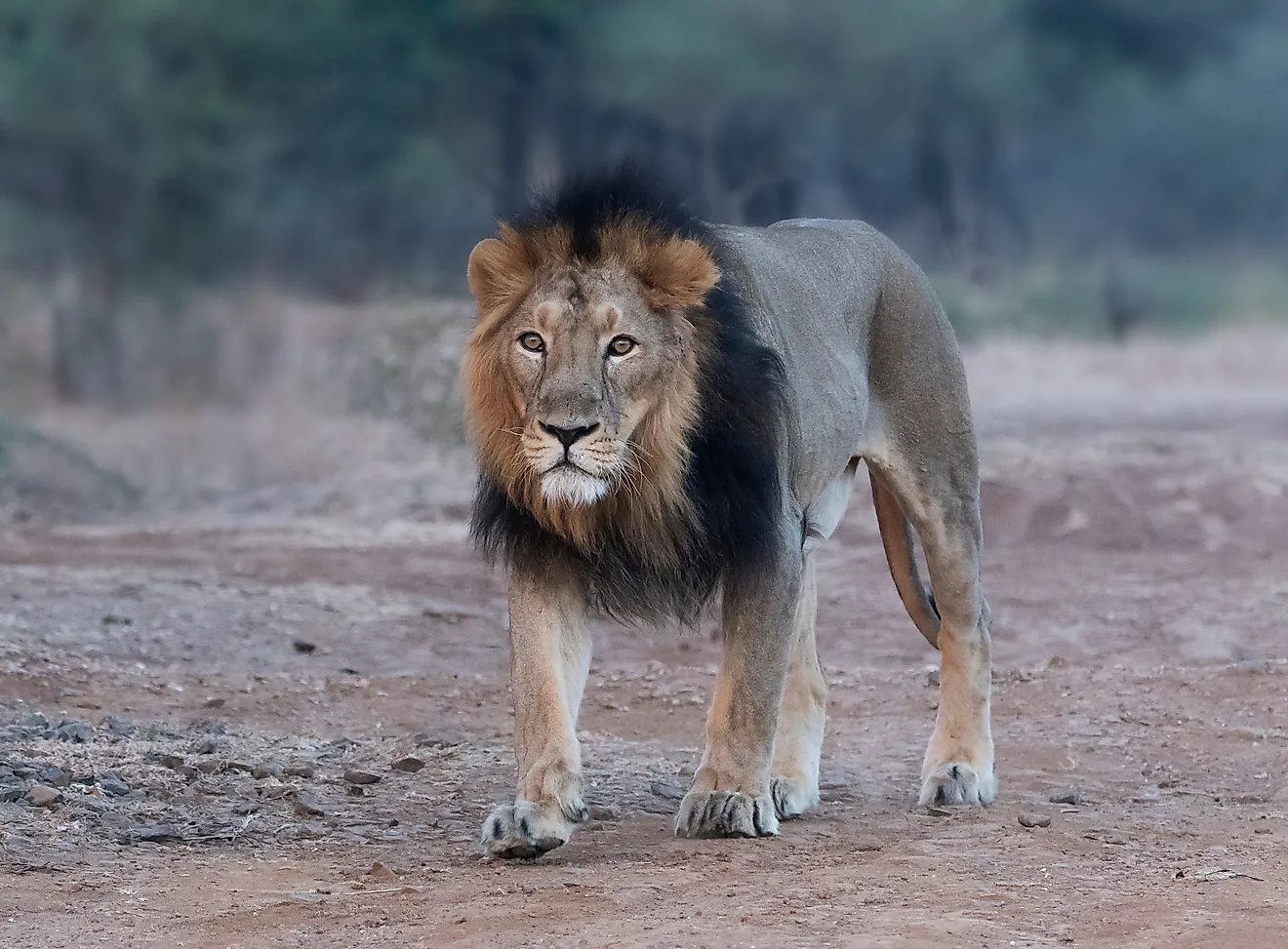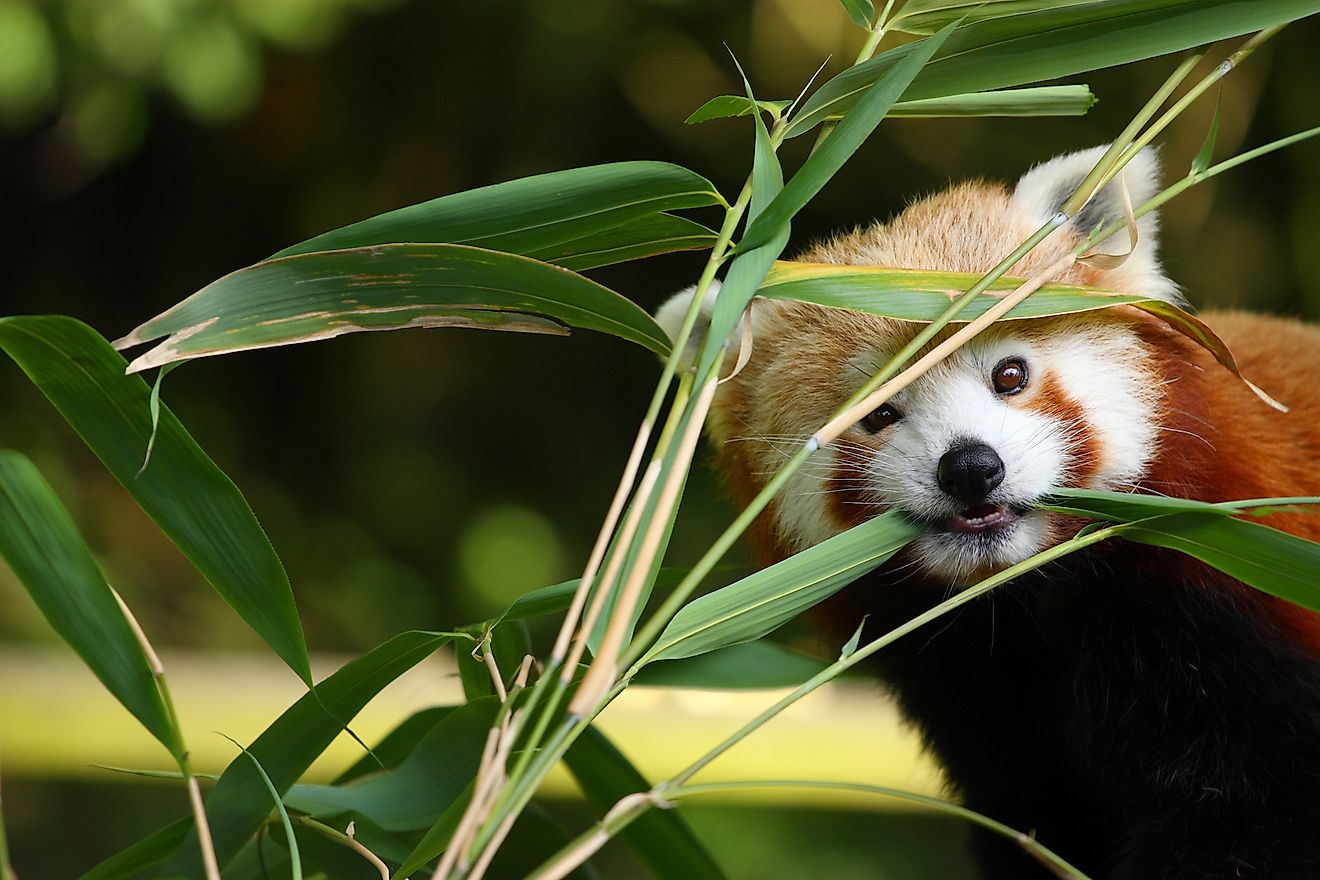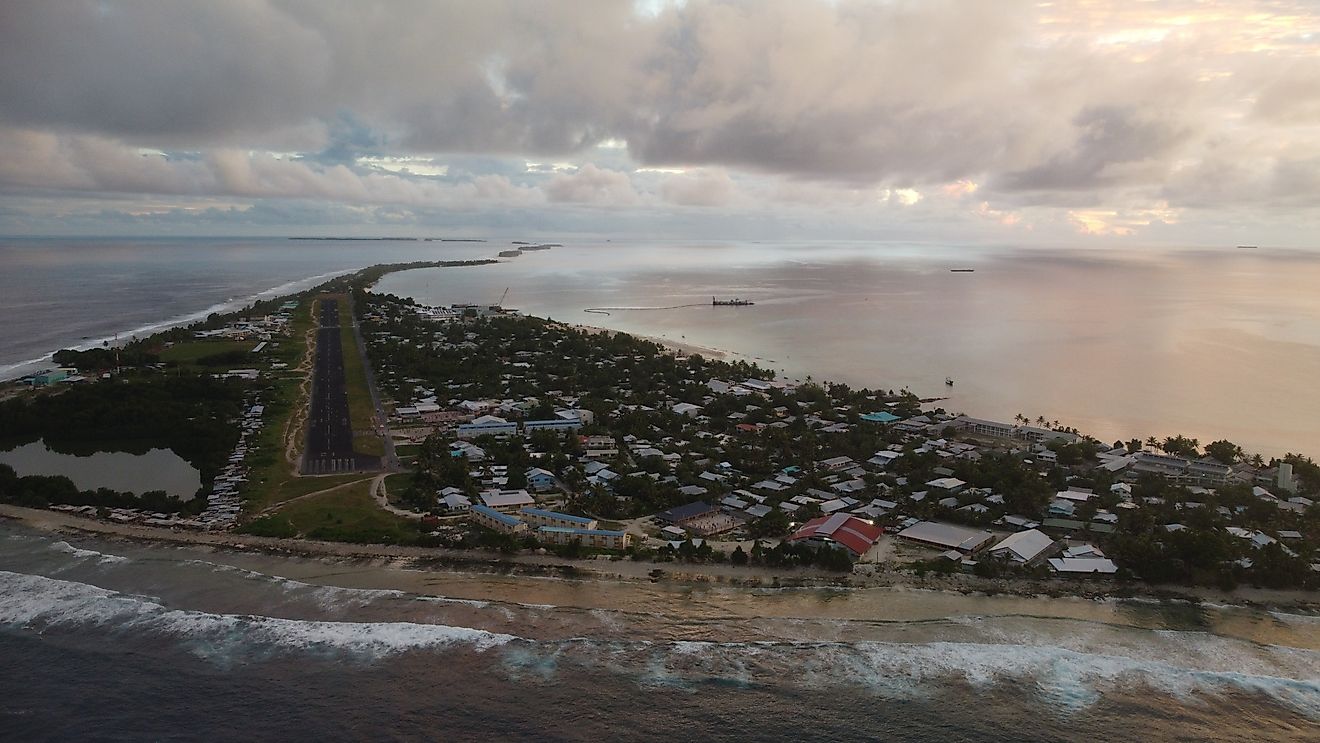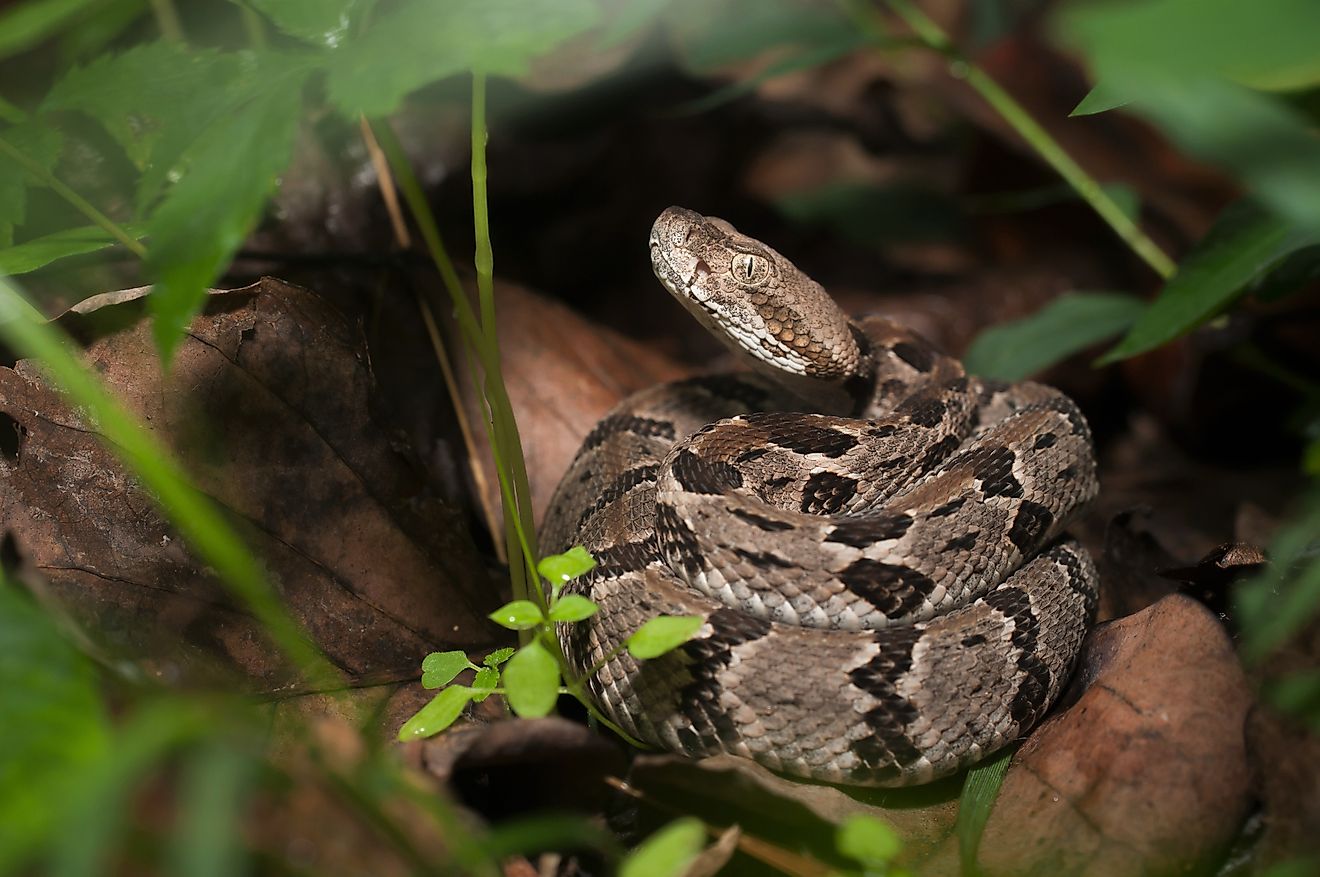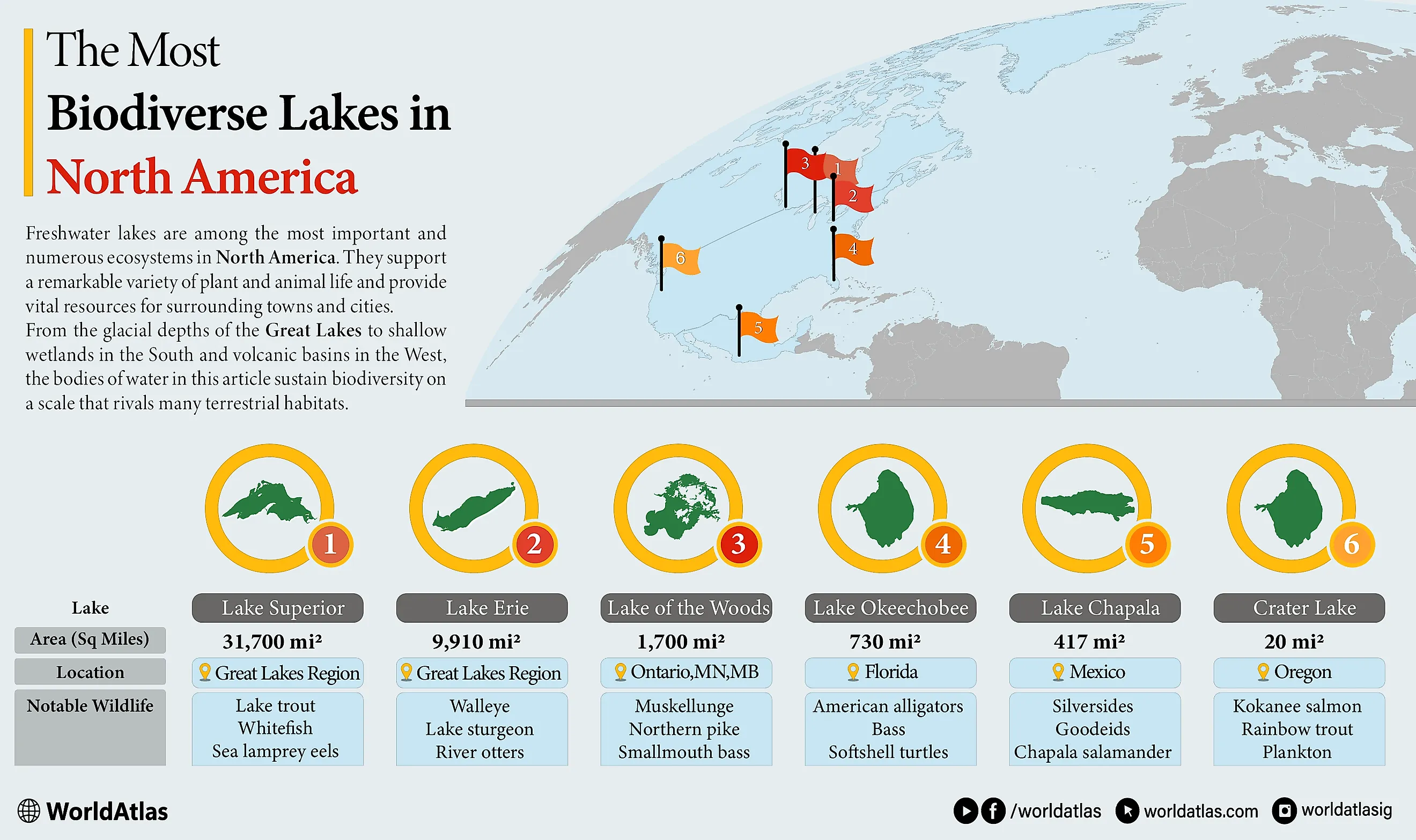
The Most Biodiverse Lakes in North America
Freshwater lakes are among the most important and numerous ecosystems in North America. They support a remarkable variety of plant and animal life and provide vital resources for surrounding towns and cities.
From the glacial depths of the Great Lakes to shallow wetlands in the South and volcanic basins in the West, the bodies of water in this article sustain biodiversity on a scale that rivals many terrestrial habitats. They serve as breeding grounds for fish, migratory stopovers for birds, and refuges for mammals, reptiles, and amphibians. Many of these lakes also contain endemic species found nowhere else, making them critical for the continent's distinctiveness and global conservation as a whole.
However, these ecosystems face increasing pressure from pollution, invasive species, and climate change. Understanding which lakes harbor the greatest biodiversity is essential to protecting them, and hopefully, with the information below, you, too, can do your part.
| Lake | Size (Sq. Miles) | Location | Notable Wildlife |
|---|---|---|---|
| Lake Okeechobee | 730 | Florida | American alligators, bass, softshell turtles |
| Crater Lake | 20 | Oregon | Kokanee Salmon, rainbow trout, plankton |
| Lake Superior | 31,700 | Great Lakes Region | Lake trout, whitefish, sea lamprey eels |
| Lake Erie | 9,910 | Great Lakes Region | Walleye, lake sturgeon, river otters |
| Lake Chapala | 417 | Mexico | Silversides, goodeids, Chapala salamander |
| Lake of the Woods | 1700 | Ontario, Minnesota, Mantiboa | Muskellunge, northern pike, smallmouth bass |
Lake Okeechobee
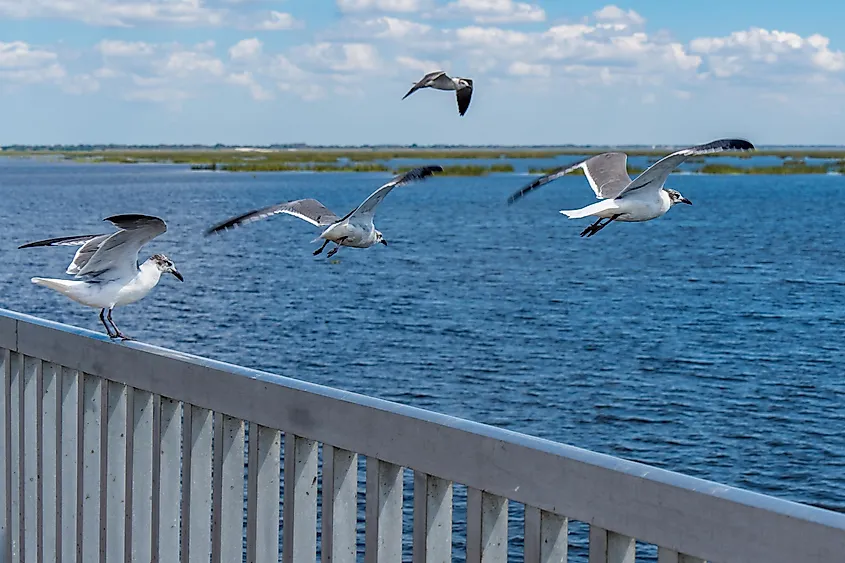
Lake Okeechobee, often called the “inland sea” of Florida, is the largest freshwater lake in the state and easily one of the most biodiverse in North America. Covering roughly 730 square miles, its relatively shallow waters (averaging only about 9 feet) and surrounding wetlands support a remarkable range of fascinating wildlife.
This subtropical lake serves as a vital habitat for fish such as largemouth bass, black crappie, bluegill, and channel catfish, which make it a renowned sportfishing destination. Furthermore, its marshes and littoral zones sustain populations of American alligators, softshell turtles, and numerous amphibians that thrive in its warm, nutrient-rich environment.
Bird diversity is especially high. Okeechobee is part of the Everglades watershed and plays a key role in supporting migratory and resident species, like roseate spoonbills, snail kites, herons, egrets, and wood storks, which all depend on its wetlands for both nesting and feeding. The lake's particular importance to the endangered snail kite, a species that feeds almost exclusively on the apple snails found here, highlights its critical role in the region's sometimes fragile biodiversity.
Ongoing ecological challenges in Lake Okeechobee include nutrient runoff that has fueled harmful algal blooms, while alterations to water flow have further disrupted natural habitats. With that, conservation initiatives here tend to focus on restoring original hydrology and reducing pollution inputs to protect both the wildlife and the communities that rely on the lake. Despite these threats, Lake Okeechobee remains a cornerstone of the Sunshine State's rich environment and an essential link in the broader ecosystem of the Everglades.
Crater Lake
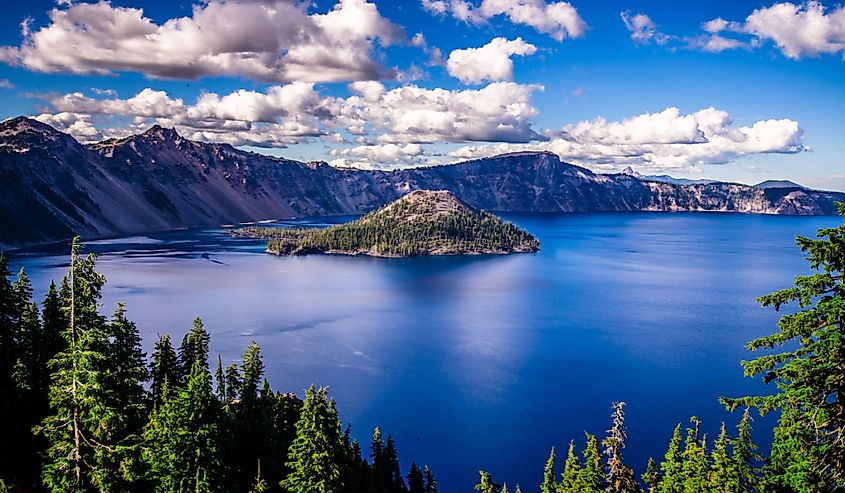
Crater Lake, located in Oregon’s Cascade Range, is a wildly popular tourist destination and one of the most unique freshwater ecosystems on the continent. Formed by the collapse of Mount Mazama roughly 7,700 years ago, it is the deepest lake in the United States, reaching a depth of 1,949 feet!
Its isolation, clarity, and depth create conditions for a distinct form of biodiversity. Unlike many large lakes, Crater Lake has no incoming streams, with its water coming almost entirely from precipitation (which is what gives it its exceptional purity).
Despite its relatively small number of fish, the lake supports the introduced populations of kokanee salmon and rainbow trout, which have adapted well to its cold waters. The lake’s clean waters and volcanic geology also sustain numerous types of specialized plankton and invertebrate communities found nowhere else. Moreover, the surrounding forests and meadows provide ample habitats for bears, elk, mule deer, and a variety of smaller mammals. At the same time, birdlife includes Clark’s nutcrackers, mountain bluebirds, and peregrine falcons (the world's fastest bird).
Perhaps most interestingly, Crater Lake is known for its high level of endemism (species that can only be found in one place), including unique bacterial and algal species that thrive in its extreme conditions. Scientists now use the lake to study how life adapts to highly isolated and nutrient-limited environments.
Being the centerpiece of one of the most renowned parks in the country, conservation measures in Crater Lake National Park perpetually focus on protecting its pristine waters and surrounding ecosystems from invasive species and climate-related changes. When visiting, be sure to follow all park guidelines to do your part in helping out and to avoid any potential fines.
Lake Superior
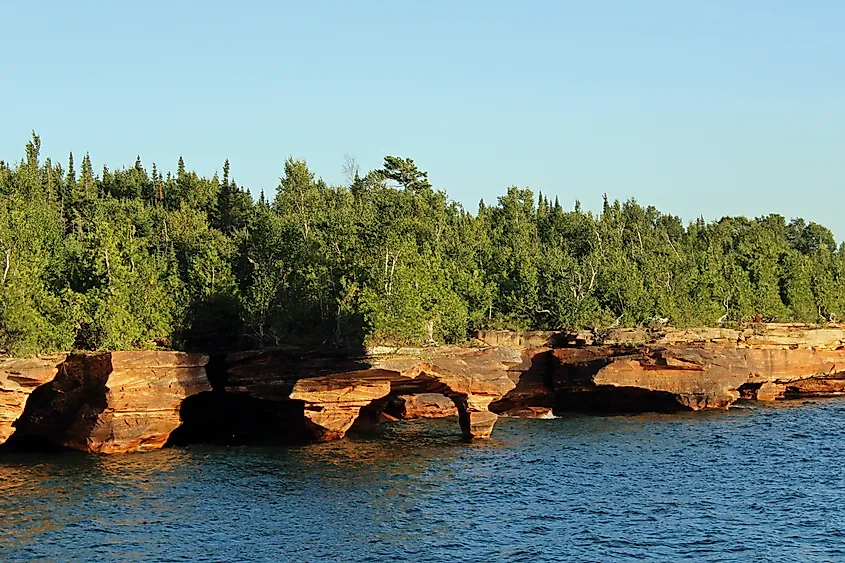
This list would not feel complete without Lake Superior, the greatest of the Great Lakes, and the largest freshwater body of water in the entire world by land area. Covering 31,700 square miles and reaching depths over 1,300 feet, it contains a wide range of habitats for wildlife to thrive in, from rocky shorelines and sandy beaches to deep, cold basins.
This variety supports more than 80 species of fish, including lake trout, whitefish, walleye, northern pike, and the rare deepwater cisco. The lake’s cold, oxygen-rich waters are particularly important for species that cannot thrive elsewhere, making it a stronghold for native fish that have declined in the Great Lakes.
Superior's watershed, which stretches across both the United States and Canada, further contributes to its biodiversity, with tons of wetlands, rivers, and forests surrounding the lake that sustain amphibians, reptiles, and mammals like moose and black bears. The lake also provides critical habitat for migratory birds, with species such as common loons, bald eagles, and piping plovers nesting along its expansive, often undeveloped shores.
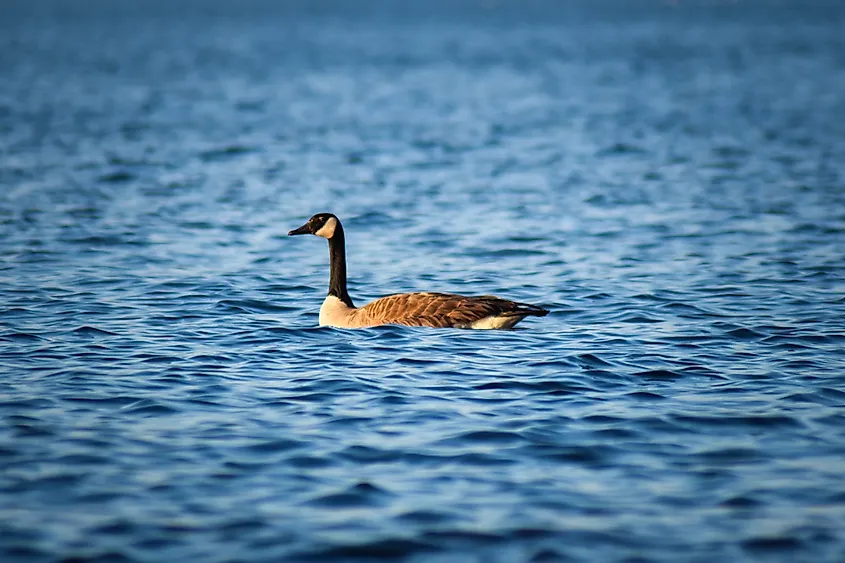
Despite its relative health compared to the other Great Lakes, Lake Superior still faces its own challenges. For one, invasive creatures such as sea lamprey and zebra mussels have altered their ecology, while climate change has begun to affect water temperatures and annual ice cover. Because of that, conservation programs on both sides of the border have aimed to restore native species and protect critical shoreline habitats.
Regardless, for those studying freshwater biodiversity, Lake Superior remains one of the continent’s grandest and most important natural laboratories.
Lake Erie
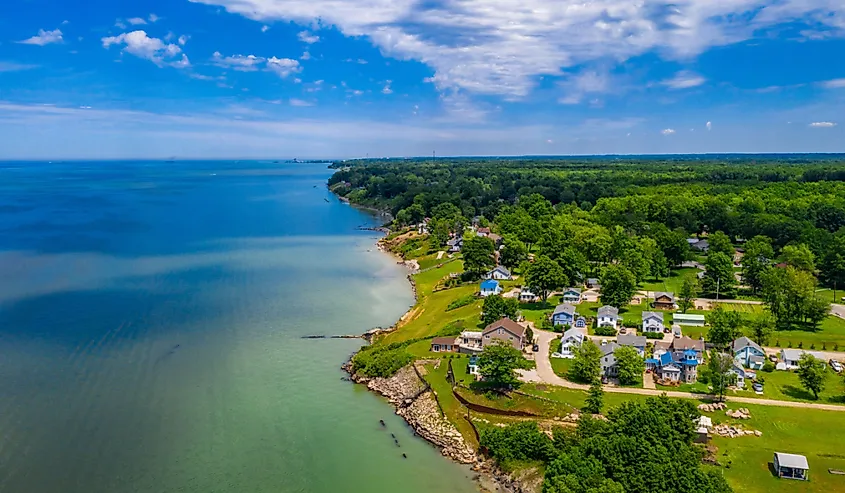
Lake Erie, the shallowest of the Great Lakes, is also notable as being arguably the most biologically productive of these mammoth bodies of water. With an average depth of just 62 feet, its warmer waters support a comparatively huge range of fish species and other aquatic life, including walleye, yellow perch, smallmouth bass, lake sturgeon, and freshwater drum. Erie's western basin, rich in nutrients and wetlands, is particularly important for spawning and nursery habitats.
Its biodiversity extends beyond fish, as numerous marshes and coastal zones provide feeding and breeding grounds for amphibians, reptiles, and mammals such as muskrats and river otters. Lake Erie is also a critical stopover site for migratory birds along the Atlantic Flyway. In fact, Magee Marsh Wildlife Area, on its southern shore, is internationally recognized for spring bird migrations, drawing a mix of warblers, raptors, and shorebirds in large numbers.
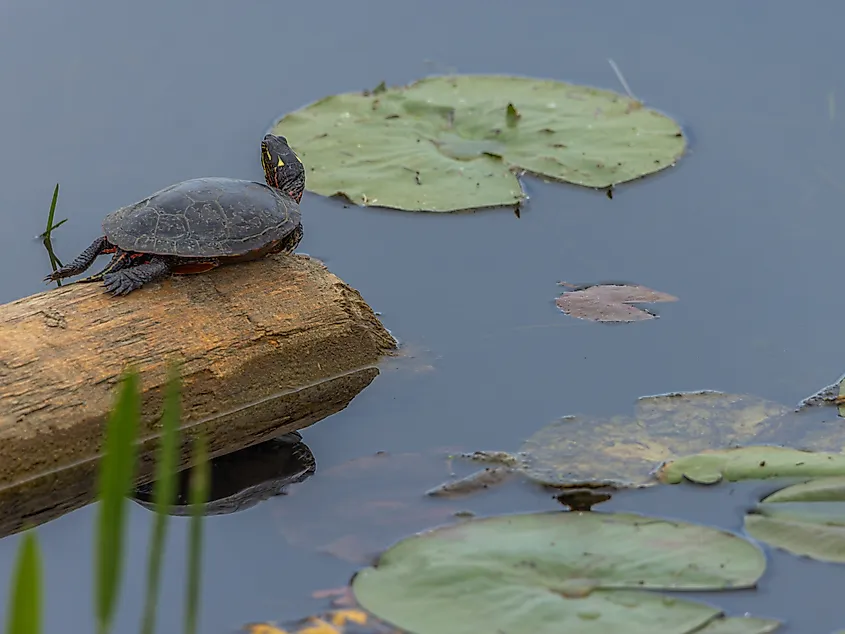
The lake also sustains diverse invertebrate communities, from mayflies that emerge in massive seasonal swarms to mussels that shape aquatic habitats. Yet, like just about any lake in the modern age, Lake Erie’s ecological richness makes it vulnerable, and thus important to conserve. Runoff from agriculture has fueled recurring harmful algal blooms, especially in the western basin. Furthermore, invasive species like zebra and quagga mussels have altered long-standing food webs, and man-made habitat loss has reduced spawning areas for native fish even more.
A handful of conservation initiatives have addressed these challenges through wetland restoration projects, nutrient reduction programs, and species management, all to varying degrees of success in recent years.
Lake Chapala
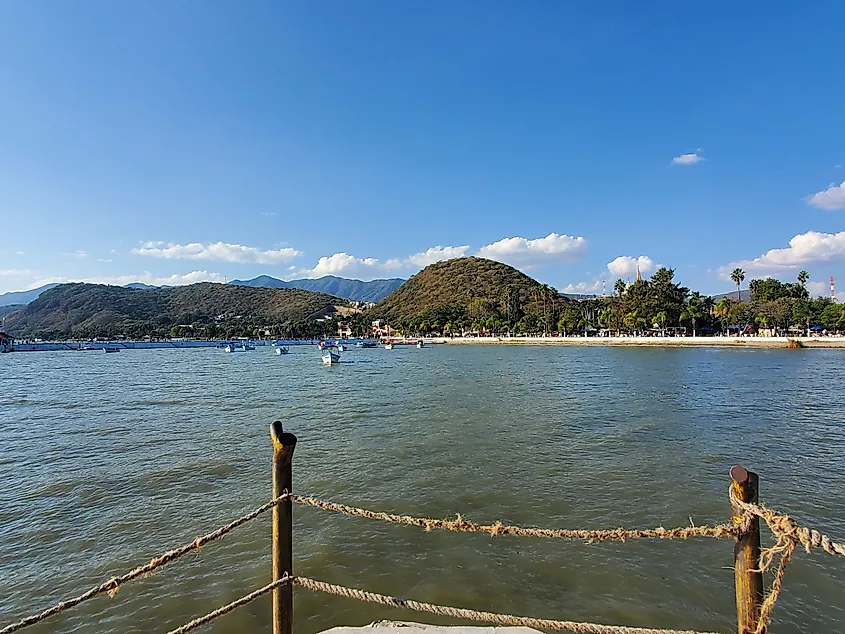
Lake Chapala is the country’s largest freshwater lake, located in western Mexico. Stretching nearly 50 miles in length, the lake and its surrounding landscapes boast a remarkable variety of life. Dozens of species of birds have been recorded here, including large populations of migratory waterfowl such as white pelicans, herons, and egrets that rely on this body of water as a wintering ground. Chapala’s wetlands are actually considered internationally significant for bird conservation under the Ramsar Convention.
It is also home to many endemic fish, including species of silversides and goodeids found nowhere else in the world. The nearby marshes and riparian zones provide habitat for snakes, frogs, lizards, and mammals like raccoons and coyotes. A diversity of aquatic vegetation further supports invertebrates that form the foundation of the lake’s food web.
Lake Chapala is not only ecologically integral to the region but also vital to its human populations, supplying water to millions of people in nearby Guadalajara. However, pollution, invasive species, and fluctuating water levels have placed stress on its ecosystems. Environmental protection groups are working to restore natural hydrology, reduce contamination, and safeguard critical habitats for endemic and migratory species to hopefully restore a healthy balance.
Lake of the Woods
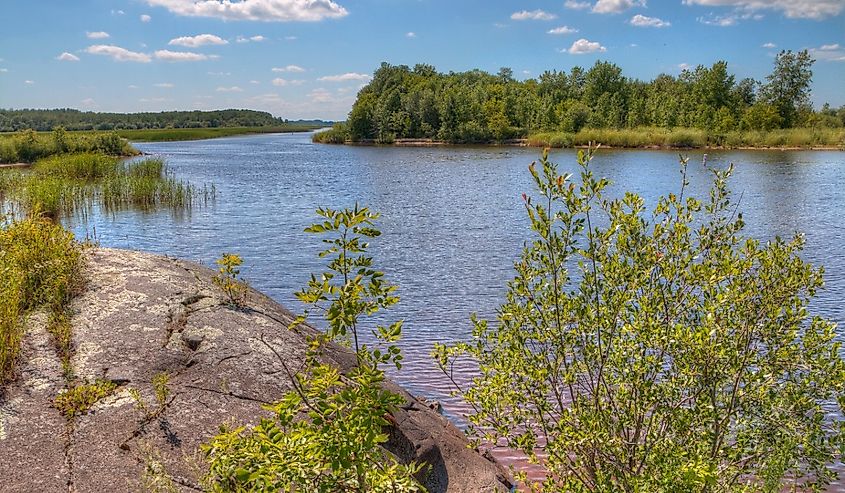
Lake of the Woods, spanning the borders of Minnesota, Manitoba, and Ontario, covers more than 1,650 square miles, with an astonishing 14,552 islands within (giving it the appearance on satellite maps of being several different lakes as opposed to one big, connected lake).
Its rugged shoreline and varied habitats house countless flora and fauna, both big and small. For example, this lake is home to one of the most sought-after assortments of sport fish, including walleye, northern pike, muskellunge, smallmouth bass, and even some lake sturgeon, making it one of the premier freshwater fisheries on the continent. Many of the lake’s shallow bays and marshes sustain amphibians and reptiles, too, while surrounding boreal forests host healthy populations of black bears, moose, and wolves that rely on the interconnected ecosystem.
Its seemingly endless array of islands and bays provides nesting areas for bald eagles, ospreys, great blue herons, and migratory waterfowl traveling along the Mississippi Flyway. In terms of plant life, unique, seasonal wild rice beds also play an important ecological role, providing food for waterfowl and economic/cultural value for local indigenous communities.
Environmental pressures have impacted Lake of the Woods, particularly the all-too-common nutrient loading that contributes to algal blooms and invasive wildlife such as the spiny water flea. Binational efforts are underway to better monitor water quality and protect critical habitats across the lake’s extensive watershed.
Still, with its mosaic of islands, wetlands, and deep channels, Lake of the Woods remains a refuge for overall environmental health in the Midwest, as well as being a major getaway for cottagers and outdoorsmen looking to appreciate its natural wonders.
Understand How These Lakes Complete The Circle Of Life On The Continent
North America’s lakes are clearly more than scenic landscapes; they are complex ecosystems that sustain extraordinary biodiversity. From massive inland seas like Lake Superior and Lake Erie to highly unique environments such as Crater Lake and Lake Chapala, each body of water sustains vital species and habitats both regionally and globally.
Furthermore, these lakes demonstrate how freshwater systems connect wildlife, landscapes, and human communities, and how protecting them requires addressing a variety of threats, both natural and manmade.
